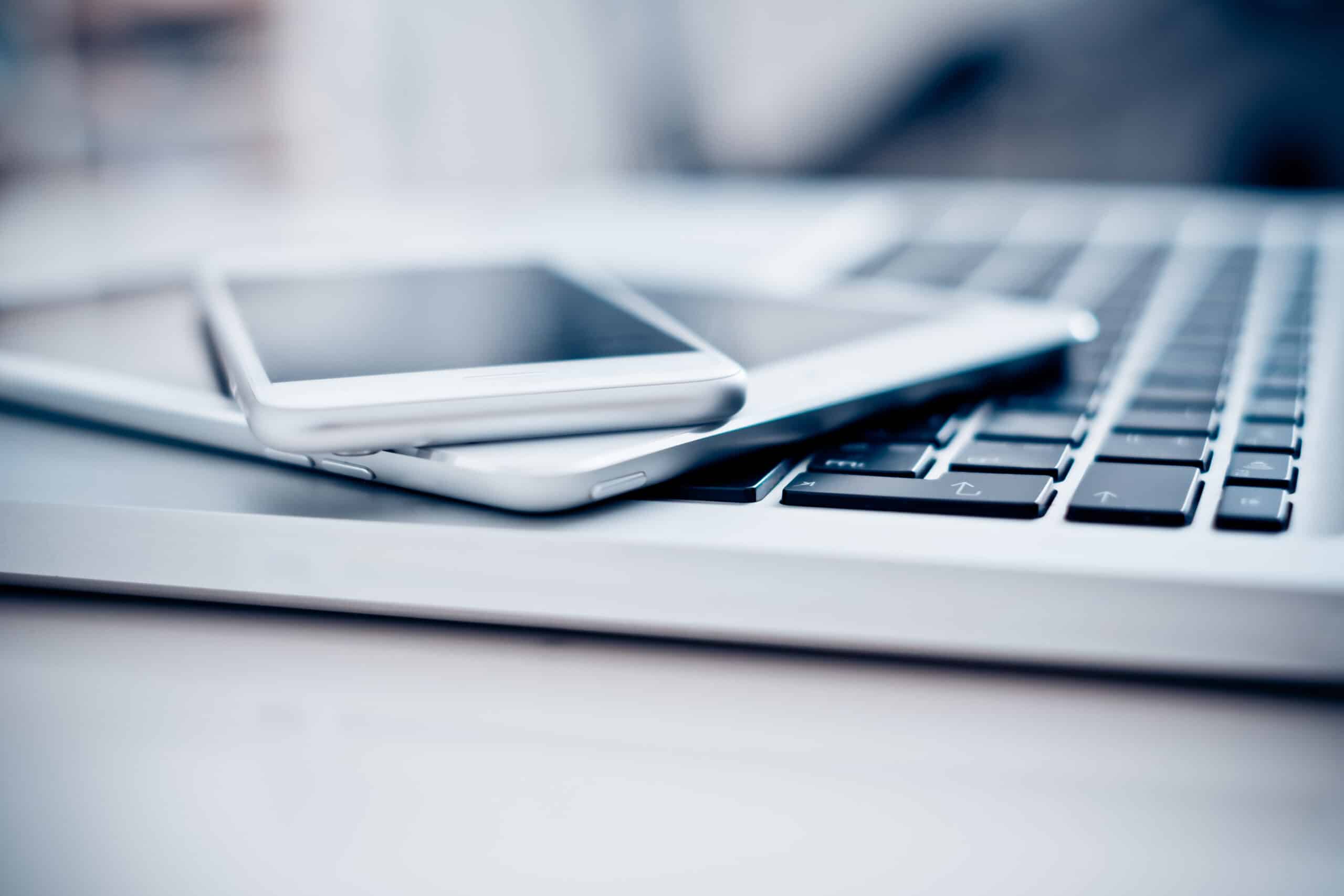Healthcare Industry Growth
The past decade has brought a significant increase in the need for healthcare workers. This is due in part to an increase in the number of older adults who require more healthcare services. It’s estimated that employment rates in healthcare occupations will grow 15 percent in the next ten years, which is much faster than average. In that time frame, an expected 2.4 million new jobs will be created to meet the increased demand.
High Demand for Home Healthcare
With a growing senior population, there is also more demand for home healthcare workers. Home healthcare refers to medical and non-medical services provided to individuals in their homes to assist with their healthcare needs and daily living activities.
This has become a preferred option of care due to its convenience for people who require medical attention or assistance but wish to remain in the comfort of their own homes. Thus, many nurses and healthcare workers are venturing into patients’ homes to provide the necessary care. However, this puts them at risk for a variety of potential hazards that health authorities and employers are now trying to address.
The Risks Associated with Home Healthcare
Home healthcare workers can face many worker safety risks due to the unique nature of their work environment. These risks can vary depending on their specific services and the patients they care for. For example, some common safety risks in home healthcare include:
- Workplace Hazards
Inside a patient’s home, healthcare workers can encounter hazards such as uneven flooring, clutter, and poor lighting. These are factors they cannot control and can lead to slips, trips, and falls.
- Exposure to Infections, Chemicals, Allergens, and Environmental Hazards
Exposure to infectious diseases is a significant concern for home healthcare workers. They may encounter patients with contagious illnesses without realizing it, increasing their risk of contracting infections.
Additionally, some patients’ homes may contain allergens or environmental hazards that can impact the health of home healthcare workers. Also, some patients may have hazardous chemicals or substances in their homes that healthcare workers may inadvertently come in contact with.
- Physical Strain and Psychological Stress
Providing care to patients can be physically demanding. Often, home healthcare workers find themselves lifting and transferring patients, resulting in injury or muscle strain.
Although healthcare workers are doing a great service by caring for their patients, sometimes the emotional strain and pressure from caring for terminally ill or severely debilitated patients can be overwhelming. This can lead to emotional burnout and psychological stress.
- Violence and Abuse
Home healthcare workers may also be at risk of encountering violence or abusive scenarios with their patients or the patient’s family members. This is especially present when dealing with patients who have cognitive or behavioral issues.
Occupational Safety and Health Administration (OSHA) reported that compared to any other industry, healthcare workers face a greater workplace violence risk.
- Transportation Risks and Ergonomic Challenges
As home healthcare workers frequently travel between patient homes, they’re exposed to traffic-related risks and accidents.
Furthermore, home healthcare workers may not always have access to proper ergonomic equipment in a patient’s home, often leading to discomfort or injury as they perform their duties over time.
The Responsibility to Protect Home Healthcare Workers
In 2021, the U.S. Bureau of Labor Statistics reported that 623,100 injuries and illnesses were caused by work in the healthcare and social assistance sector. This was significantly more than any other industry. And it’s the healthcare organizations who send their workers out into patient homes. Thus, it’s their responsibility to protect their lone workers.
Home healthcare agencies and workers need comprehensive training to address these safety risks. This training includes infection control, proper lifting techniques, emergency protocols, and other safety measures.
Additionally, lone workers should be provided with appropriate personal protective equipment—like gloves, masks, gowns, and eye protection, to protect against infections and other hazards—and access support/resources to maintain their well-being. Regular risk assessments of patients’ homes should also be conducted to identify and mitigate potential hazards.
A Technological Home Healthcare Safety Solution
To ensure worker safety, healthcare organizations must take action. This can be done by providing them with lone-worker safety solutions.
Leading solution providers are working to try and keep people and their property safe. They recognize the importance of lone worker safety—especially in the home healthcare industry. It is widely recognized that workplace safety solutions should be adopted in the home healthcare space, and many solution providers have done just that.
Various platforms are now available thanks to the development of new and innovative workplace safety technology that makes accessibility easy for workers and employers alike. Solution providers have created apps that run on mobile devices to provide safety solutions for home healthcare workers.
The Benefits of A Workforce Safety Platform
Home healthcare organizations can benefit from lone-worker safety devices and applications in several ways.
First, this solution can give workers peace of mind. Having access to a complete safety solution allows workers to feel more confident in their work and know that they can easily call for assistance if necessary. They will appreciate knowing they can get help in emergency scenarios that can save lives by providing quick intervention.
Second, it will result in better care. Lone worker safety devices and apps can ensure a safety culture in your organization. Employers can show their commitment to a safe workplace by investing in employee safety, which undoubtedly means they’ll be able to attract and retain skilled workers.
Protect Your Lone Workers Today
It’s important to protect lone workers in the home healthcare sector. These workers are vital to the U.S. healthcare system and deserve to be safe and secure when performing their duties.
With real-time alerts and the ability for home healthcare professionals to check in 24/7, your home healthcare workers will feel prioritized and important with worker safety solutions.




